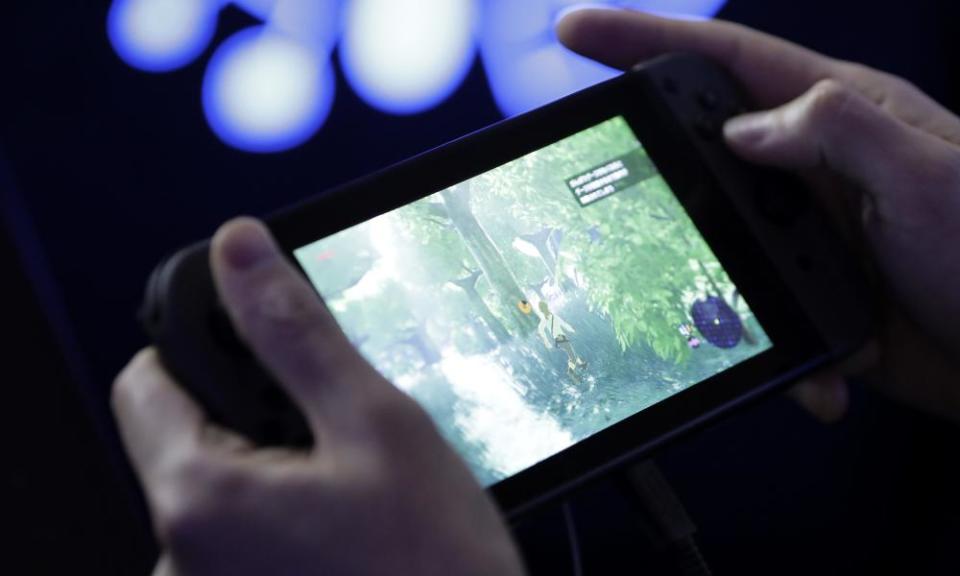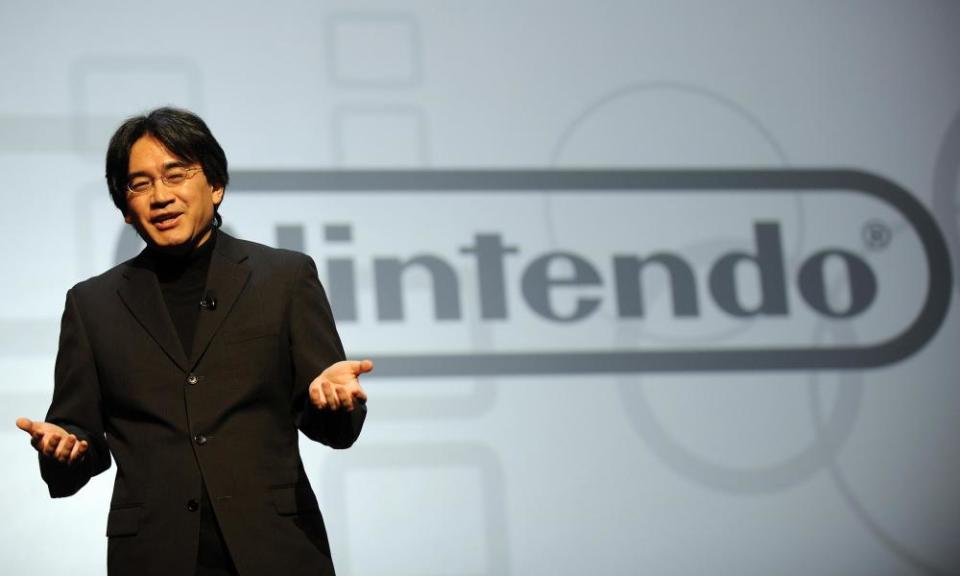The best Easter eggs in computer games

Gamers have been searching for Easter eggs ever since 1979. It all began with programmer Warren Robinett, who hid his name in a small corner of Atari’s Adventure to act as a digital signature. “It was quite obvious when Adventure came out … it was going to say ‘Adventure, by Atari’. Yet I’d done everything,” Robinett told US Gamer. “I had the idea – at least to convert it to a video game. Wrote the program. Did the graphics. Sound. Gameplay. So, I decided I’d hide my name in the game in a really hard-to-get-to place and not tell anybody.” But eagle-eyed players soon found it. The first Easter egg had been created – and programmers have been hiding them ever since.
Tagging games with names; adding in-jokes for super fans; sneaking in pop culture references; and hiding out-of-place objects – programmers’ Easter eggs have become part of gaming’s DNA. There’s nothing quite like finding these developer fingerprints, no matter how pointless they are (which is, of course, often the point).
Steven Spielberg’s upcoming movie Ready Player One raises the Easter egg stakes. Based on Ernest Cline’s novel, the film takes place in 2045; Earth is a dystopian mess and the only escape is the Oasis, a virtual reality world where people can leave behind their desolate lives. The creator of this simulation, James Halliday, has hidden away his own Easter egg in the game. The prize for finding it first? $240bn – plus total control of the Oasis.
While Easter eggs in real-world gaming aren’t changing lives – yet – there’s still a curious sense of accomplishment when you find one. It’s like being initiated into an exclusive club; being let into a wonderful secret. So here’s our pick of some of the best. Full marks to anyone who’s hunted out all of these already.
Doom
Doom is a great place to start: it takes the idea of developers leaving their signature on games to the extreme. When players encounter the final enemy boss, they’ll hear a sound, which, when played backwards, says: “To win this game you must kill me, John Romero”: the developer of the game. With the right cheat code (idclip), players can run through the wall, underneath the boss, to find John Romero’s head, on a stick! How’s that for leaving your mark on a game?
Perfect Dark
Sticking with shooters, we have the Nintendo64’s Perfect Dark, the de facto sequel to the Bafta award-winning Goldeneye. After Goldeneye won Game of the Year, the game’s developer, Rareware, included a copy of the trophy in the vaults of Perfect Dark’s fifth mission. Players can also find a small, entirely useless cheese triangle hidden on each level. These were originally intended to be collectibles, but Rareware decided against the idea in the end. Rather than delete the cheese singles, they left them in to puzzle players.
GTA: Vice City and GTA: San Andreas
The team at video games company Rockstar is known for its self-referential humour, especially when it comes to the Grand Theft Auto series, where they’ve been particularly meta and enjoyed breaking the fourth wall. In Vice City, players can jump through the window of a news building – inside, they’ll find a chocolate Easter egg on a pedestal. In the next entry into the series, San Andreas, players can climb atop the lofty Gant Bridge, where they’ll see a sign that reads: “There are no Easter eggs up here. Go away.”
Portal
The aim of this iconic puzzle game is to proceed through the Aperture Science labs, solving the dimension-bending riddles with your portal gun along the way. Throughout the game the player is briefed by the voice of GLaDOS, an AI system that promises the player a cake once all tests are complete. But the cake is a lie! There are two ways we know this: the first is that if you get to the end of the tests, GLaDOS tries to incinerate you in a cavernous furnace; the second is that upon escaping the lab you can go behind-the-scenes to escape the lab. If you know where to look, you’ll find inscriptions, including: “The cake is a lie”. In a comic released between Portal 1 and Portal 2, these wall markings are revealed to be the work of fictional character Doug Rattmann, a lab worker with a history of schizophrenia, who survives GLaDOS’s attempt to murder Aperture’s human staff when it’s first switched on. Such is the cultural impact of Portal, that “the cake is a lie” has become a saying in its own right – meaning the promised reward is actually a fake.
Halo: Combat Evolved
Sometimes Easter eggs are easy to find, and sometimes they are a little harder. In Halo: Combat Evolved, 2001/2’s Game of the Year, players have to work really hard to get the game’s main Easter egg – an additional final cutscene. Players completing the game’s incredibly unforgiving Legendary mode get to see Sergeant Johnson and a Covenant Elite stop fighting and embrace each other, as they realise they are seconds away from dying in a nuclear explosion. Was this extra 20 seconds of cutscene footage worth the slog? Absolutely.
Fallout: New Vegas
We love a pop culture reference and, judging by the amount of Easter eggs in gaming, developers do too. Hidden in the post-nuclear holocaust wastelands of Fallout 4, you’ll find a refrigerator containing a skeleton. There’s nothing unusual there ... until you look closer and find a well-placed fedora inside the fridge, a reference to a scene in Indiana Jones and the Kingdom of the Crystal Skull, where Indy climbs into a fridge to survive a nuclear explosion.

The Legend of Zelda: Breath of the Wild
The Zelda series has form when it comes to Easter eggs. In the N64’s Ocarina of Time, you could look through a window into Princess Zelda’s garden to see a picture of Mario hanging up. Mario can be found again in the game’s sequel, Majora’s Mask – this time as a mask in the Happy Mask Salesman’s collection. But it’s in 2017’s game of the year, The Legend of Zelda: Breath of the Wild, that we see perhaps the first ever Easter egg to bring a tear to our eye.
During the game’s production, in 2015, Satoru Iwata, the president of Nintendo, died aged 55. To honour him, the developers included an NPC (non-player character) who bore a remarkable likeness to Iwata. The same glasses, the same middle parting – his role in the game is as a watchman, who keeps the roads of Hyrule safe.
There’s more … Speak to the NPC and he tells you to check out the uncannily named Satori Mountain. Arrive there at a certain time on certain nights and if you’re lucky you’ll see a luminous cyan haze surrounding the mountain. Grazing on a lush grove is the source: an ethereal stag called the Lord of the Mountain, said to be the holy reincarnation of a sage that died there, who watches over all the animals of the forest. It’s believed this spirit was a homage to the late Satoru, who watched over Nintendo staff as president for 13 years. Bravo Nintendo. Bravo.
Ready Player One is in cinemas on 29 March

 Yahoo News
Yahoo News 